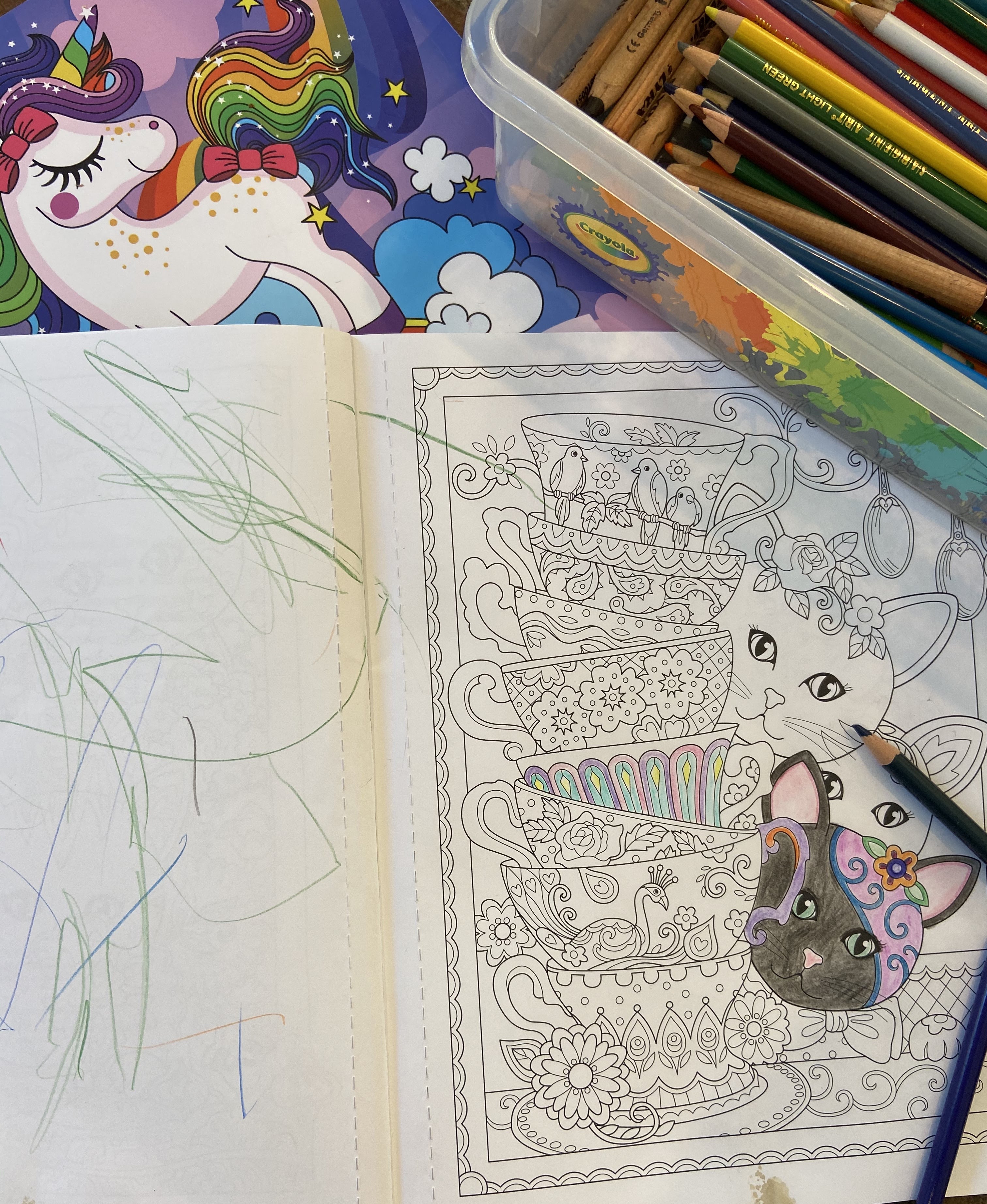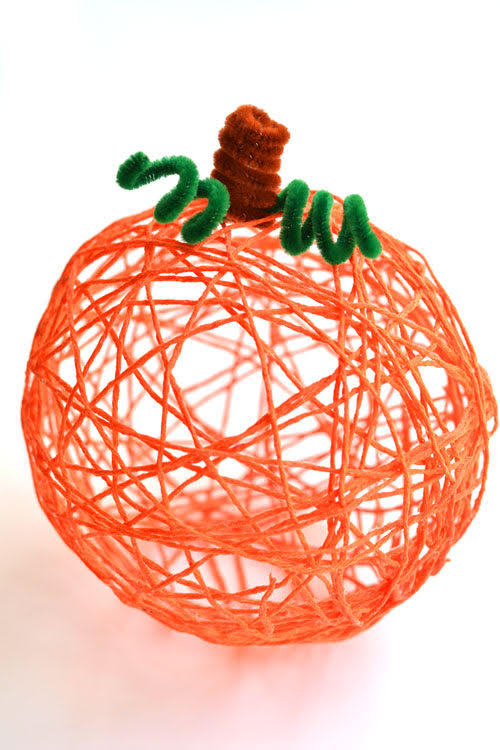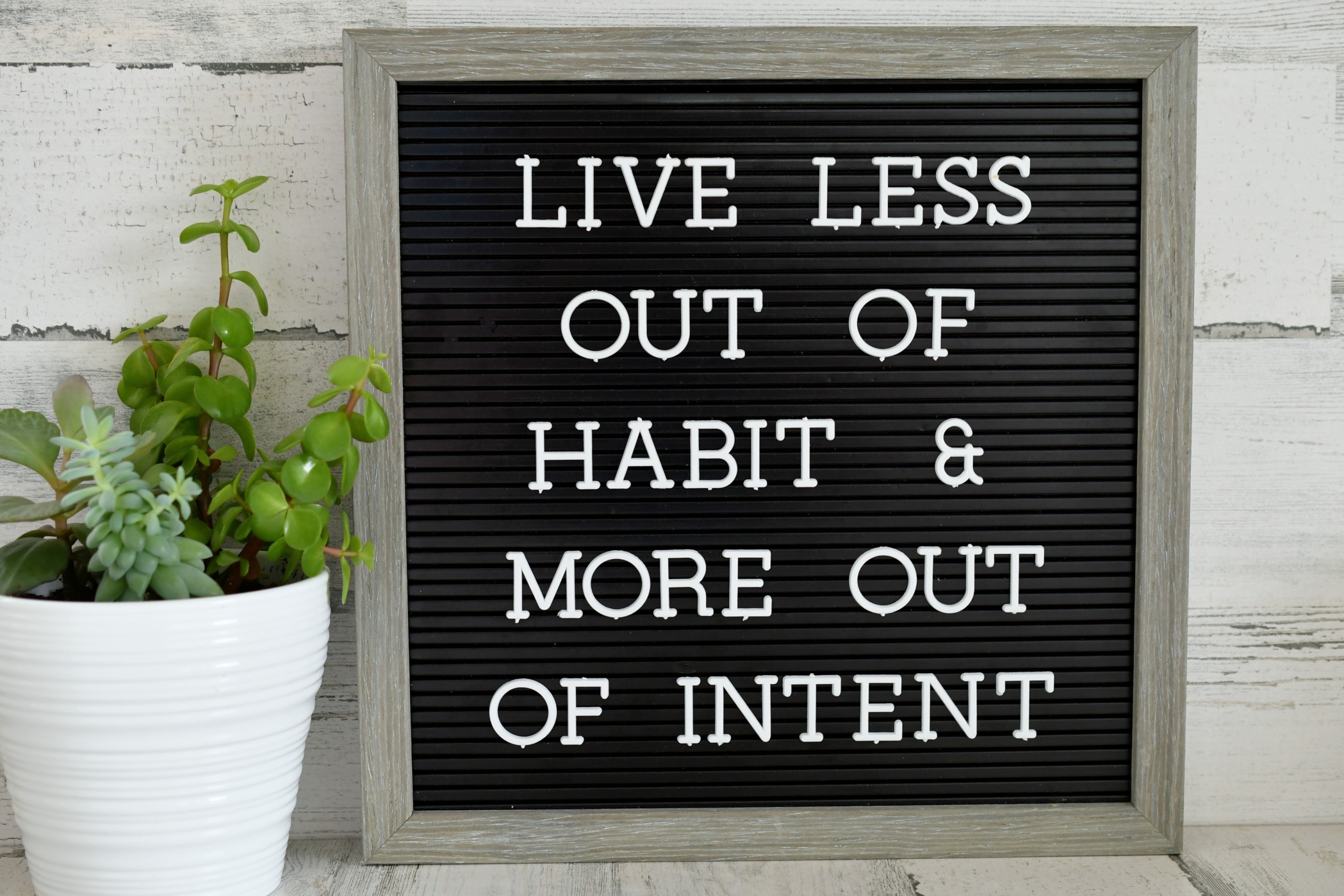We get good at what we practice. Most of the time, a statement of this kind conjures up images of improving some sort of skill, sports skills, motor skills, math skills, and the like. However, we also “get good” at things we aren’t intentionally trying to practice, but are repeated often enough that unbeknownst to us, we are, in fact, practicing and worse, habituating.
What Your Brain Has to Do With It
The human brain is an incredibly energy hungry organ and relishes the opportunity to increase efficiency. One of the ways it does this is by automating behaviors, so that our attention can be freed to focus on other things. Once patterns of behavior, either external or internal (thought processes, beliefs) have been repeated enough times, our brains relegate this task to the automatically piloted, subcortical parts of our brain. It has now become a habit and, therefore, is driven by cues in our environment and less by intentional effort.
At a quick glance, this is highly advantageous, as the majority of our conscious attention can now be placed elsewhere. This allows us to go through the tasks of our day with relative ease, learn new things, and shift our attention so quickly between multiple things, we believe we are multitasking. There is a downside though if the habit doesn’t serve us. Now, because it is largely out of our conscious attention, we don’t notice when we are doing it, which makes it much harder to break.
Can Perfectionism be a Habit?
A recent, perfectionism infused, experience with my 2-year old, had me wondering about unconscious habits and commonly held beliefs about perfectionism. A simple Google search will tell you that perfectionism is rooted in insecurity, is a defense against shame, and is a striving for flawlessness, with unrealistically high standards.
While it certainly can be, perhaps some of the time, it is less complicated than this. Perhaps, as habits go, it results when someone takes pride in excelling at things they do and this behavior is repeated enough times across different contexts that it becomes the default for approaching whatever they touch.
The latter explanation fits much closer to that experience with my 2-year-old and has me expanding my conceptualization of perfectionism and how to work with it in myself and my clients. Whether it’s simply a habit, the result of something deeper or a combination thereof, there is a price to pay if it’s not recognized and addressed.
Allow me to share the eye opening revelation that has me touting mindfulness, yet again, as the antidote to waking up from a life on automatic pilot and the vehicle to free yourself from habits that don’t serve you.
Perfectionism in Action
The almost casualty of my perfectionism was delighting in my 2-year old’s newfound coloring skills and the fact that I had finally found a “play” activity that I enjoyed as much as my child. The latter of which has been no small feat and believe me I have tried them all. I just can’t seem to get into paw patrol, playdough, cars, dump trucks, and don’t even get me started on legos! My cluelessness and lack of imagination with what to build when I see the litany of tiny little pieces has me wondering what I did as a child and if I skipped over the “play” part of being a little human.
But coloring, I can get into! It’s as if this activity was designed to be my salvation as a mother. I cannot draw to save my life, but my perfectionism and attention to detail has me reveling in the opportunity to color within the lines. The finished product displays carefully chosen colors, all happily tucked neatly in the confines of their own minute, individual spaces. It stares back at me with all its splendor and beauty and I feel, instantly, like an artist, for a brief moment.
Despite my preference for coloring, no 2-year old wants to do that as a sole play activity, so I put in my time following her lead. After struggling through a round of Candyland, which I do remember enjoying as a child, I suggested we color. Actually, I enthused the idea of coloring with so much gusto, we might as well have been taking a trip to Disneyland. What child doesn’t want a fun-filled, sugar laden, amusement park driven experience? Naturally, the bait was taken.
We each began the activity with our own coloring book. I, with my own pencils and she, with her miniature ones set off to create dueling masterpieces. Who am I kidding? She is 2 and though she does have an impressive pencil grasp, I am clearly at an advantage, but who’s comparing! Hard at work, I didn’t give much thought to her little body inching closer to mine and since it had been less than two minutes since we started, I was intent on making some progress. After securing her position, she began making small attempts to put her mark on the blank page opposite of the one I was carefully coloring.
My first few gestures to shoo her back to her own book were largely out of my immediate awareness, but after the third time I caught myself literally pushing her away, mindfulness thankfully kicked in for me. “What am I doing” I wondered”, the perfectionist in me was quick to pipe up. “She’s going to color outside the lines!” This was quickly followed by perfectionisms’ [sic] good friend, anxietist, who worried what the picture would look like at the end.
Thankfully, I quickly became aware of this silly process going on inside of me and made the values based decision to be with and enjoy my daughter. Intention redirected to reveling in the process, instead of being attached to an outcome of how something should be.
This was fortunate for me too, because as the inner debate in me roared on, she had ditched the small gestures and with brazen, bold strokes gallantly crossed over from the blank page to my chartered territory of perfection.

I don’t have the best track record anyway when it comes to executing creative genius. I would have thought I’d have learned by now after the 2017 great pumpkin craft debacle. Guess which one is mine?




